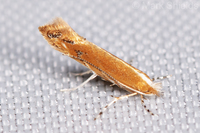
| Recorded by: Jim Petranka and Becky Elkin on 2025-10-11
Madison Co.
Comment: | 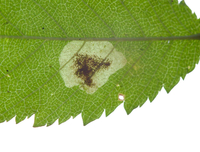
| Recorded by: Jim Petranka and Becky Elkin on 2025-10-11
Madison Co.
Comment: |
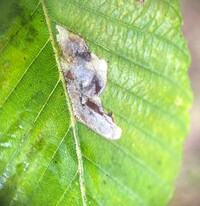
| Recorded by: Dean Furbish, Lior S. Carlson on 2025-08-12
Alamance Co.
Comment: | 
| Recorded by: John Petranka on 2025-07-08
Orange Co.
Comment: |
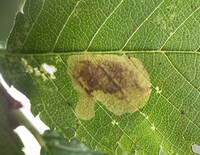
| Recorded by: Dean Furbish, Lior S. Carlson on 2025-06-17
Alamance Co.
Comment: | 
| Recorded by: Dean Furbish, Lior S. Carlson on 2025-06-17
Alamance Co.
Comment: |

| Recorded by: Ken Kneidel on 2024-11-16
Mecklenburg Co.
Comment: | 
| Recorded by: Ken Kneidel on 2024-11-16
Mecklenburg Co.
Comment: |

| Recorded by: Ken Kneidel on 2024-11-16
Mecklenburg Co.
Comment: | 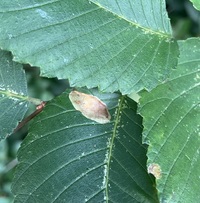
| Recorded by: Ken Kneidel on 2024-10-02
Mecklenburg Co.
Comment: |

| Recorded by: Ken Kneidel on 2024-10-02
Mecklenburg Co.
Comment: | 
| Recorded by: Ken Kneidel on 2024-10-02
Mecklenburg Co.
Comment: |

| Recorded by: Jim Petranka, Mark Basinger and Becky Elkin on 2024-09-21
Madison Co.
Comment: Occupied mine was on Ulmus rubra. | 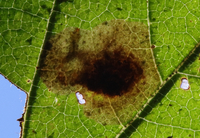
| Recorded by: Jim Petranka, Mark Basinger and Becky Elkin on 2024-09-21
Madison Co.
Comment: Occupied mine was on Ulmus rubra. |
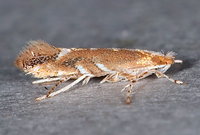
| Recorded by: Jim Petranka on 2024-09-08
Madison Co.
Comment: | 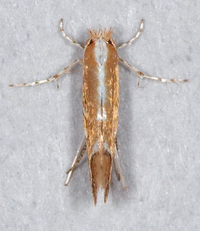
| Recorded by: Jim Petranka on 2024-09-08
Madison Co.
Comment: |
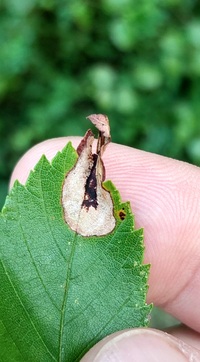
| Recorded by: Mark Basinger on 2024-08-26
Wilson Co.
Comment: | 
| Recorded by: Mark Basinger on 2024-08-26
Wilson Co.
Comment: |
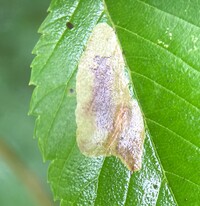
| Recorded by: Dean Furbish, Lior S. Carlson on 2024-08-12
Pamlico Co.
Comment: | 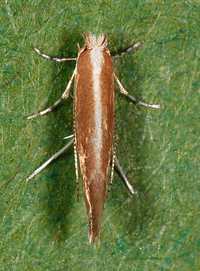
| Recorded by: Jim Petranka on 2024-05-22
Madison Co.
Comment: |

| Recorded by: Jim Petranka on 2024-05-22
Madison Co.
Comment: | 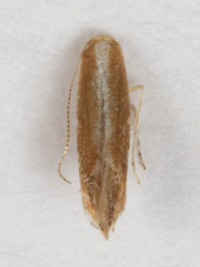
| Recorded by: Stephen Hall on 2024-04-14
Orange Co.
Comment: |
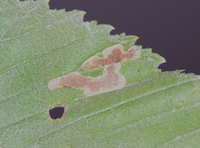
| Recorded by: Jim Petranka on 2023-07-14
Madison Co.
Comment: An occupied mine on Slippery Elm. | 
| Recorded by: Jim Petranka on 2023-07-11
Madison Co.
Comment: |
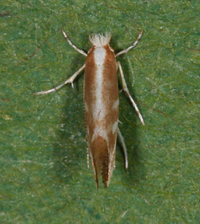
| Recorded by: Jim Petranka on 2023-07-11
Madison Co.
Comment: | 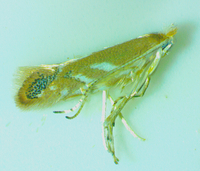
| Recorded by: Ken Kneidel on 2023-06-24
Mecklenburg Co.
Comment: |

| Recorded by: Ken Kneidel on 2023-06-24
Mecklenburg Co.
Comment: | 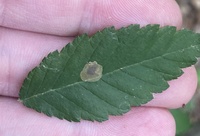
| Recorded by: David George on 2023-05-15
Alamance Co.
Comment: On Ulmus alata. |

| Recorded by: Dean Furbish on 2023-04-12
Wake Co.
Comment: | 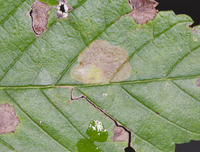
| Recorded by: Jim Petranka and Becky Elkin on 2022-09-28
Anson Co.
Comment: Occupied mines were on Winged Elm. |
|

 »
»

